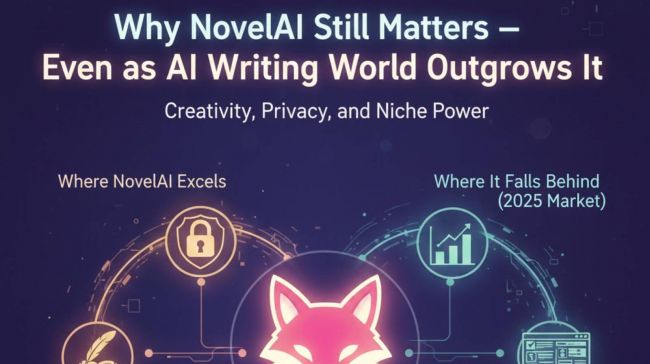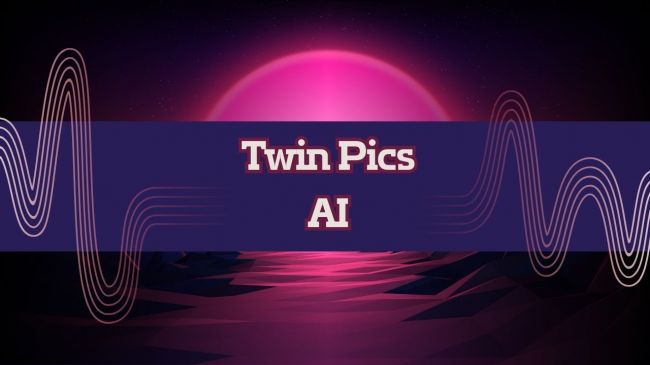On This Page
- MongoDB 8.0: A Developer-Centric Upgrade
- Document Databases in MongoDB’s Architecture
- What Are Quantized Vectors — and Why Do They Matter?
- Quantized Vector Support in MongoDB 8.0
- AI Use Cases Enabled by MongoDB 8.0
- MongoDB vs. Traditional Vector Databases
- Final Thoughts: MongoDB’s Role in the AI-Driven Future
MongoDB has come a long way from its roots as a NoSQL document database. Once known primarily for its flexible schema and JSON-like document model, MongoDB has transformed into a full-featured developer data platform. With the release of MongoDB 8.0, the company continues to evolve, and this time, it's making a bold statement in the world of AI and machine learning.
In the race to deliver the ultimate AI product, companies like Meta, Google, and Apple are all investing heavily in artificial intelligence. One of the standout features in this release is native support for quantized vector search — a game-changing capability that positions MongoDB as a serious contender in the vector database space. This innovation brings AI-native functionality into a document database environment, enabling developers to unify structured, unstructured, and vector data in one platform. In this article, we’ll explore what quantized vectors are, why they matter, and how MongoDB 8.0 is changing the game for AI-powered applications.

MongoDB 8.0: A Developer-Centric Upgrade
MongoDB 8.0 is packed with upgrades that improve performance, security, and scalability. However, the real headline is its enhanced AI-readiness, made possible through:
• Native vector search integration
• Support for quantized vectors
• Advanced indexing improvements
• Tighter integration with MongoDB Atlas
These features allow developers to build AI applications directly within MongoDB, eliminating the need for third-party vector databases or complex pipelines. MongoDB 8.0 is a response to the growing demand for intelligent, real-time applications that require efficient vector search and semantic data understanding.
Document Databases in MongoDB’s Architecture
At its core, MongoDB is still a document database — and that’s a strength, not a limitation. The document databases at MongoDB store data as BSON documents, which are flexible, hierarchical, and human-readable. This structure is ideal for modern applications where data schemas often evolve over time. More importantly, document databases can easily accommodate mixed data types — including metadata, JSON structures, and now, vector embeddings.
For AI-powered systems, this means you can store:
• User profiles and activity logs
• Product metadata and media files
• Embeddings from AI models (e.g., text, image, or audio)
— all in one place.
This design allows MongoDB to act not just as a database, but as a unified context layer for applications powered by artificial intelligence.
What Are Quantized Vectors — and Why Do They Matter?
To understand MongoDB’s vector search breakthrough, it helps to first understand what vector embeddings are.
Modern AI models — including large language models (LLMs) and image classifiers — convert content into numerical representations called embeddings or vectors. These high-dimensional vectors capture the semantic meaning of data, enabling similarity search. For example, two product descriptions with similar meanings will have similar embeddings, even if they use different wording.
The challenge is that these vectors can be large and resource-intensive. A single float32-based embedding might be 1–2 KB in size. Multiply that by millions of records, and you’ve got a storage and memory problem.
That’s where quantized vectors come in. Quantization reduces the precision of each vector’s elements (e.g., converting from float32 to int8), dramatically decreasing storage and memory usage — often by 4x or more — with minimal impact on accuracy. This enables faster indexing, more efficient memory use, and significantly improved query speed.
Quantized Vector Support in MongoDB 8.0
With version 8.0, Techzine reports that MongoDB now supports storing and querying quantized vectors natively. This unlocks high-performance, AI-native applications directly inside a document database.
Key features include:
• Native vector fields in documents (e.g., storing int8 quantized embeddings)
• Hybrid search: Combine vector similarity with keyword search, filters, and aggregations
• Flexible indexing: Index quantized vectors alongside traditional fields
• Atlas integration: Run scalable vector search in the cloud with MongoDB Atlas
This means developers can now build search and recommendation systems using semantic understanding, without leaving MongoDB.
AI Use Cases Enabled by MongoDB 8.0
The addition of quantized vector search expands MongoDB’s role in AI application development. Here are just a few real-world use cases:
1. Semantic Search for SaaS
MongoDB can store and search embeddings generated from user queries, help articles, or documents, allowing software platforms to deliver far more relevant results than traditional keyword matching.
2. Retrieval-Augmented Generation (RAG)
LLM-based applications often use a vector store to fetch relevant context documents before generating a response. With MongoDB 8.0, the entire RAG pipeline, from document storage to vector similarity, can be managed in one database.
3. Product Recommendations
In e-commerce and media platforms, embeddings can represent user behavior or product features. MongoDB enables similarity matching across millions of items, driving personalized recommendations in real time.
4. Fraud Detection
Financial applications can use vector representations of transaction sequences or user behavior to detect anomalies. MongoDB supports storing both raw data and embeddings for hybrid detection systems.
5. Lightweight AI at the Edge
Because quantized vectors are compact, MongoDB can support AI workloads in mobile and edge environments using lightweight deployments, perfect for IoT and hybrid-cloud use cases.
MongoDB vs. Traditional Vector Databases
Until now, vector search was largely the domain of specialized tools like FAISS, Milvus, or Pinecone. While powerful, these tools often require separate infrastructure, complex integrations, and added maintenance.
MongoDB 8.0 changes that by bringing vector search into the heart of your existing data architecture. Benefits include:
• Unified storage: Metadata + vector in a single document
• Simplified stack: No need to manage a separate vector database
• Rich querying: Combine filters, keyword search, and vector similarity in one query
• Streamlined development: Use familiar MongoDB syntax and tools
This convergence makes MongoDB an attractive choice for teams that want to build intelligent apps without overcomplicating their stack.
Final Thoughts: MongoDB’s Role in the AI-Driven Future
With MongoDB 8.0, the company is no longer just adapting to the AI era — it’s actively shaping it. By supporting quantized vectors, MongoDB empowers developers to create more intelligent, efficient, and scalable applications without having to compromise on performance or architecture.
Whether you’re building semantic search engines, powering real-time recommendations, or developing LLM-based tools, MongoDB now offers a unified solution to handle your structured, unstructured, and semantic data — all in one place.
In the rapidly evolving AI landscape, this could prove to be one of the most impactful database innovations of the year.
Post Comment
Be the first to post comment!





